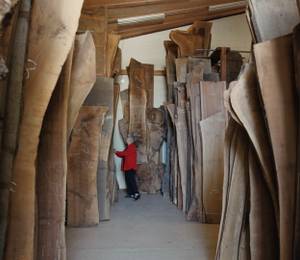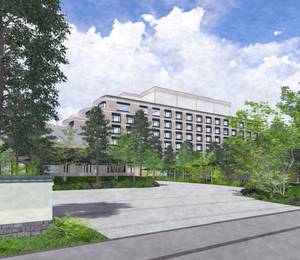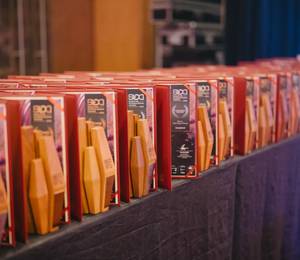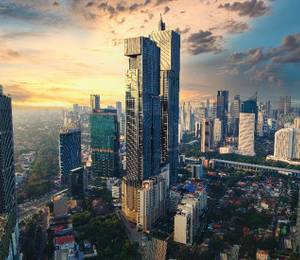Seattle, Washington, USA – LMN Architects celebrated the opening of the Plant Sciences Building at Washington State University in Pullman, Washington. The latest addition to the V. Lane Rawlins Research and Education Complex, the $66 million building funded by the Washington State Legislature.
Washington State University is a preeminent agricultural research institution committed to fostering its land-grant heritage and tradition of service to society. The Plant Sciences Building integrates several disciplines from the College of Agricultural, Human, and Natural Resource Sciences (CAHNRS), and is central to fulfilling this mission. The recently completed building is a new centre for interdisciplinary research and was designed and constructed by the design/build team of Skanska and LMN Architects. The project provides new infrastructure for the Institute of Biological Chemistry, as well as laboratories that integrate faculty and students in plant biochemistry, pathology, horticulture, and crop and soil sciences into a single facility.
The project drew on participation from members of the state's grain, tree fruit, wine, grape, potato, dairy, beef, and raspberry industries, as well as the Washington State Department of Agriculture and the Washington Farm Bureau, in development of the facility. The building is the fourth to be completed within the master plan for the Research and Education Complex (REC) at WSU, originally developed by LMN Architects in 2005. The master plan envisioned a series of laboratory buildings alternately flanking a glazed spine element that serves as the connective tissue for the social and research life of the complex. The new building is positioned to the south of the Biotechnology and Life Sciences building, also designed by LMN Architects, and completed in 2009. As the central element of the completed complex, the building forms a prominent primary entry point that frames a new public space along Stadium Way.
The plan configuration of the building allows it to fulfill the master plan while accommodating an existing utility tunnel to the south – a formal adjustment to the master plan which unlocked significant opportunities in construction cost and schedule savings. At the western entry, the building's cantilevered composition frames a new grand entry to the whole complex, and features a two-floor cantilever facing west towards Martin Stadium. The new landscaped approach creates a multifunctional public space for the university, celebrating arrival to the complex and fostering campus-wide gatherings.












